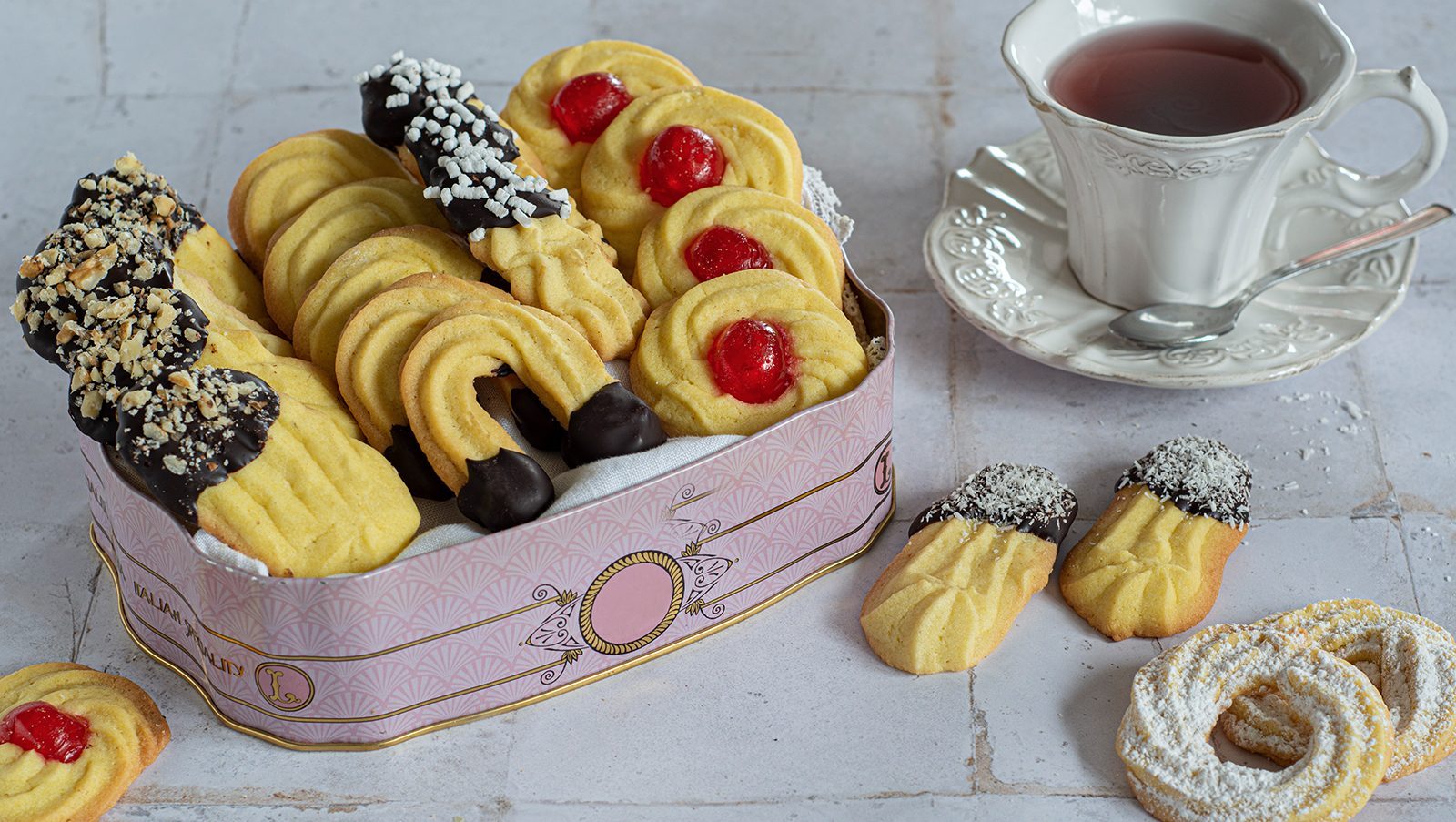Shortcrust pastry: 6 mistakes to avoid to prepare a perfect shortcrust pastry
To make it buttery and fragrant and prepare perfect pies, you need to pay attention to a few simple rules, avoiding some mistakes. Let's see which ones.
;Resize,width=742;)
Base for tarts, biscuits and cakes, shortcrust pastry is one of the most important and well-known preparations of international pastry-making. Very few ingredients and a bit of manual skills are enough to roll out a delicious shortcrust pastry, yet in the pastry-making mistakes are always around the corner: ruining the shortcrust pastry could be simpler than you think. To make it buttery and fragrant and prepare perfect pies, you need to pay attention to a few simple rules, avoiding some mistakes. Let's see which ones.
1. Use butter at room temperature

Keeping the butter out of the fridge and letting it soften before starting your preparation is the best way to definitely ruin the shortcrust pastry before you even weigh the ingredients. So be very careful, the butter must be very cold: that's the tip to make a perfect shortcrust pastry. More hot is the butter, in fact, the more the shortcrust pastry will be difficult to work with, it will not have any compactness and it will probably end up ruined, practically to be thrown away.
2. Work it too hard

This second point connects directly to the previous first point: the secret of the shortcrust pastry is in the temperature of the butter, it goes without saying that working the ingredients too much, once mixed, risks overheating the ingredient that will make the shortcrust pastry crumbly and crisp at the same time. The advice is: mix the ingredients energetically for a few minutes in a bowl, transfer the mixture to a floured work surface and knead with your fingertips.
3. Wrong order of ingredients

You are not preparing the Sunday pasta, forget the classic flour small mountain in which to combine all the ingredients without order and without criteria. The first step for a perfect shortcrust pastry is to add sugar, flour and butter in a bowl and work with your hands until you get a sandy consistency, in which the butter will be well tied to the dry ingredients. Only at this point you can add the eggs one at a time, incorporating them into your dough.
4. Icing sugar or granulated sugar?

Let's immediately debunk this myth: for the shortcrust pastry you need icing sugar. The choice is not accidental: granulated sugar could in fact also be used, but it would make the shortcrust pastry less smooth and creamed. The result would be a more grainy and difficult to spread mass: for this reason, it is always better to prefer icing sugar over classic granulated sugar.
5. Forget the salt

You are almost there, your shortcrust pastry is almost done, but something is still missing: a pinch of salt, which is often essential in pastry-making. A nice pinch of salt in the shortcrust pastry must not be missing: it helps stabilize the ingredients and it gives that extra touch of flavor that will make your shortcrust pastry perfect, ready to be filled.
6. Let it rest

In pastry-making as in life you need to be patient: do you want to prepare a last moment tart for your friend’s birthday? We are here to help you but please don't think about rolling out your shortcrust pastry before it has rested in the refrigerator for at least 30 minutes. Once kneaded, the shortcrust pastry must be wrapped in plastic film and put it in the refrigerator: only in this way the processed ingredients will be stabilized making the shortcrust pastry elastic and ready to be rolled out.
;Resize,width=767;)
;Resize,width=712;)


